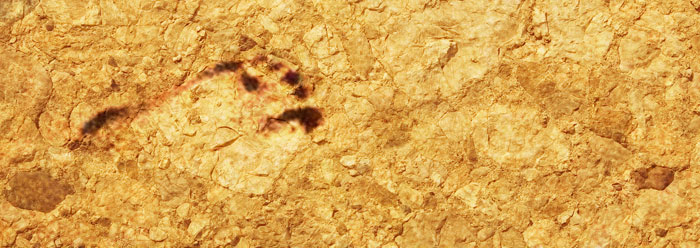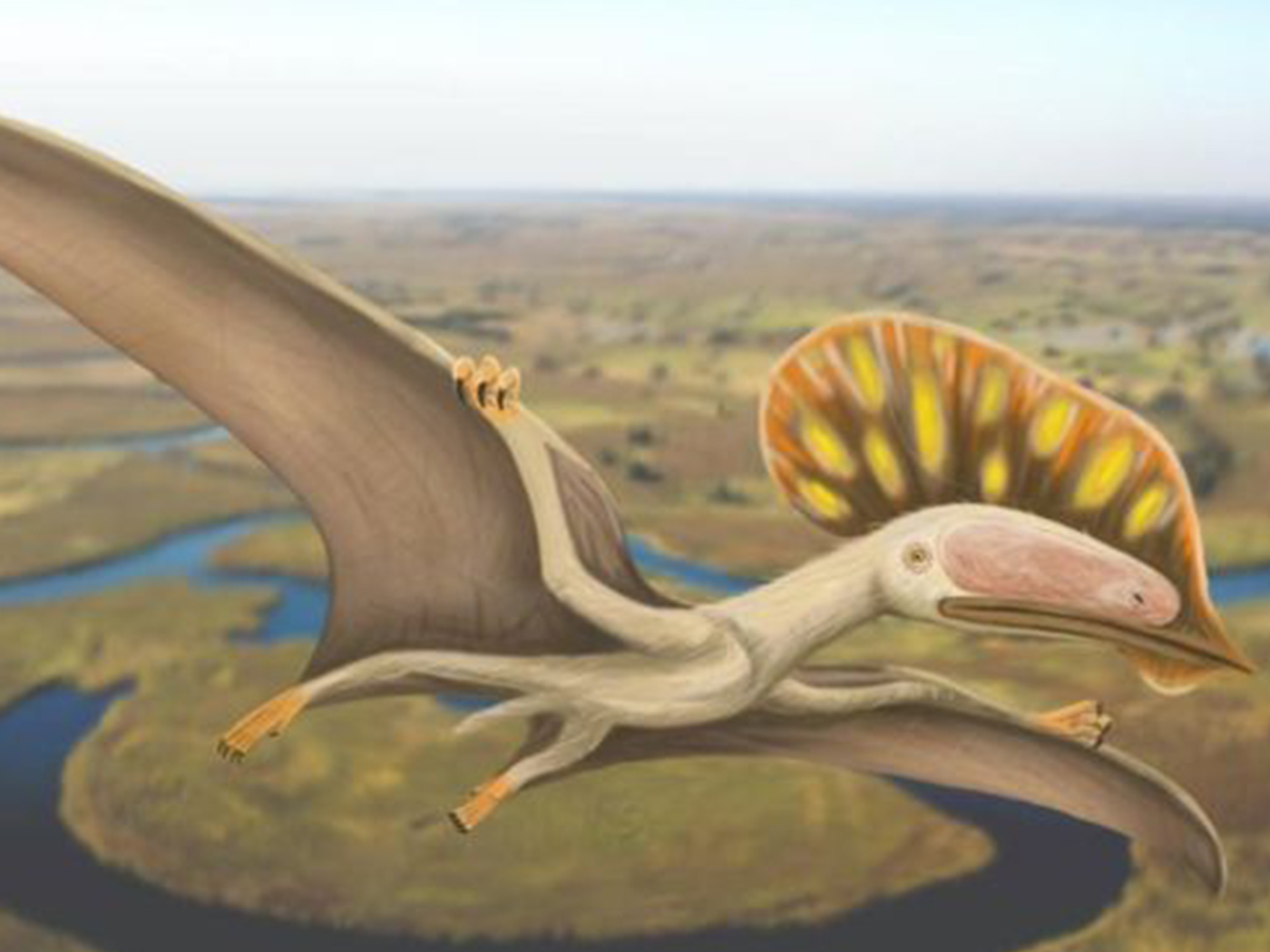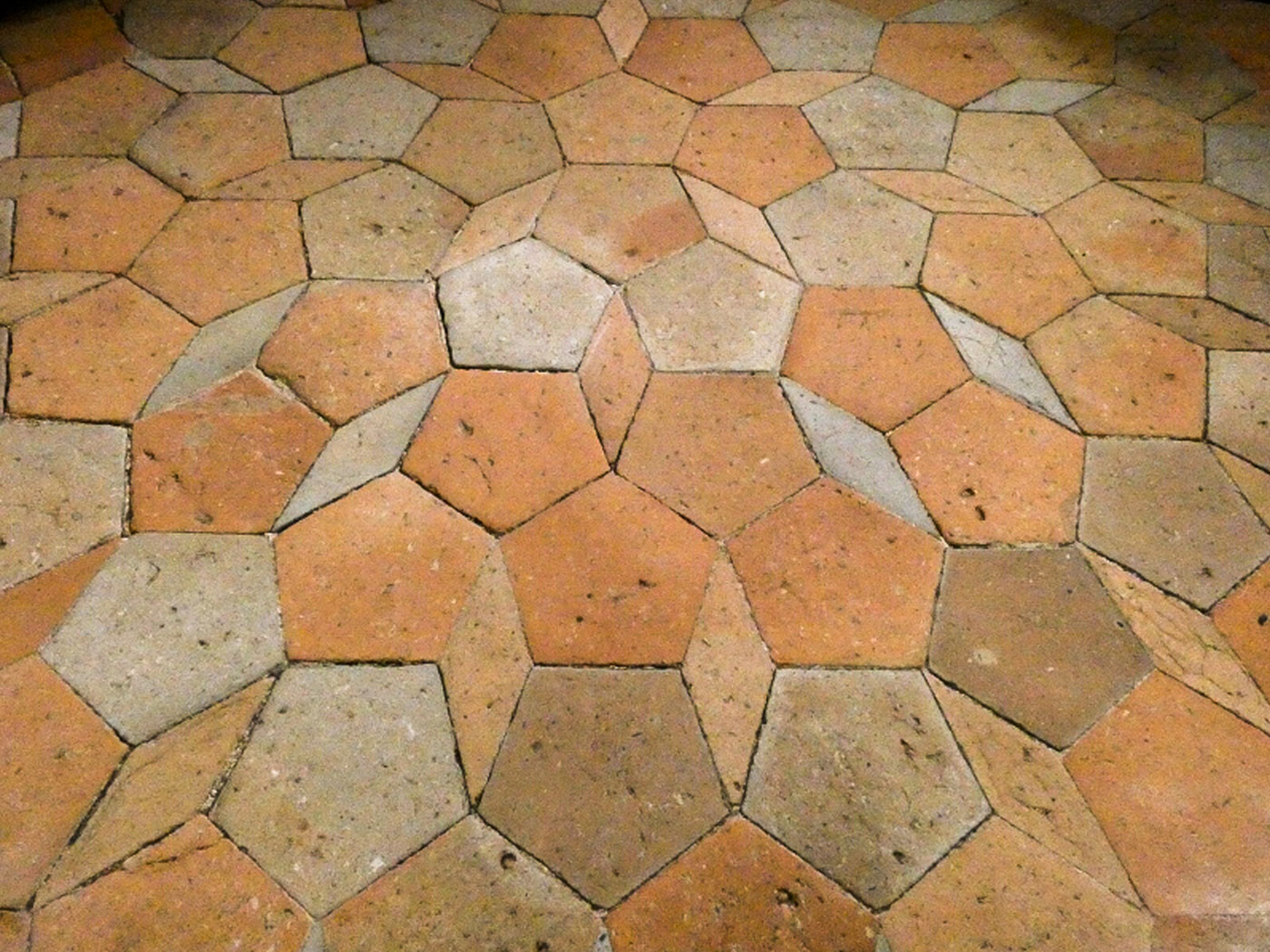Some scientists have estimated that sets of human footprints found on two separate but close sedimentary layers in Kenya are around 1.51 and 1.53 million years old1 and were made by humans like the “Turkana Boy,” an anatomically human fossil discovered within the same general area in 1984.2 But do these footprints clarify or confound the standard evolutionary explanations?
The obvious “humanness” of these footprints highlights the fact that clear distinctions exist between humans and other creatures. LiveScience reported that these prints have “modern foot features such as a rounded heel, a human-like arch and a big toe that sits parallel to other toes…By contrast, apes have more curved fingers and toes made for grasping tree branches.”2 For example, despite museum depictions of the extinct ape Australopithecus having fully human feet, fossils show that they had typical ape feet.3
The LiveScience article also noted that “modern feet mark just one of several dramatic shifts in early humans.”2 What is not mentioned is that the evolutionary “shifts” are not recorded in these footprints or any other fossils. Either the shifts were too “dramatic” in speed to have left any evidence, or they never occurred. Judging strictly by the fossil record, it is as if apes and humans never changed from one to the other, but instead retained the stable basic forms from their beginnings. Anthropologist John Harris of Rutgers University remarked after considering the creatures that left these tracks, “We’re seeing a very different hominid at this stage.”2 Indeed, the human form is “very different” from apes and always has been.4
This new find will also, according to Harris, “bring up controversy again about the Laetoli prints,”2 discovered in Tanzania in 1976 and considered at the time the earliest evidence for bipedal (upright) walking. One question never resolved is why such clearly human foot features would have existed on a creature that supposedly lived over 3 million years ago.5 Paleoanthropologist Russell Tuttle of the University of Chicago concluded, “In sum, the 3.4 million-year-old footprint trails at Laetoli site G resemble those of habitually unshod modern humans. None of their features suggest that the Laetoli hominids were less capable bipeds than we are.”6 In other words, even after 3.4 million years of evolution, human feet remain virtually the same.
The Laetoli tracks are not considered human, a conclusion that is not based primarily on diagnostic observations but rather on the evolutionary reasoning that human features should not have existed so long ago in rocks that predate humanity’s alleged ancestors. But if they were made by humans, as would be apparent to an unbiased observer, then they present a contradiction to evolutionary assumptions: How could humans have existed prior to the creatures from which they evolved?7
Despite fossil interpretations that deliberately exclude the historical framework provided by God in the Bible, the evidence stubbornly insists that human evolution never took place, and that people were created fully-formed and fully-functional from the beginning.
References
- Bennett, M. R., et al. 2009. Early Hominin Foot Morphology Based on 1.5-Million-Year-Old Footprints from Ileret, Kenya. Science. 323 (5918): 1197-1201.
- Hsu, J. The Shoe Fits! 1.5 Million-Year-Old Human Footprints Found. LiveScience. Posted on livescience.com on February 26, 2009, accessed February 27, 2009.
- Wong, K. August 1, 2005. Footprints to Fill: Flat feet and doubts about makers of the Laetoli tracks. Scientific American, 18-19.
- Morris, J. 1995. What Distinguishes Man from Ape? Acts & Facts. 24 (11).
- Morris, J. 1997. Who or What Made the Laetoli Footprints? Acts & Facts. 26 (2).
- Tuttle, R.,H. 1990. The Pitted Pattern of Laetoli Feet. Natural History. 99: 64.
- Lubenow, M. 1992. Bones of Contention. Grand Rapids, MI: Baker Books, 172.
* Mr. Thomas is Science Writer.
Article posted on March 6, 2009.
























